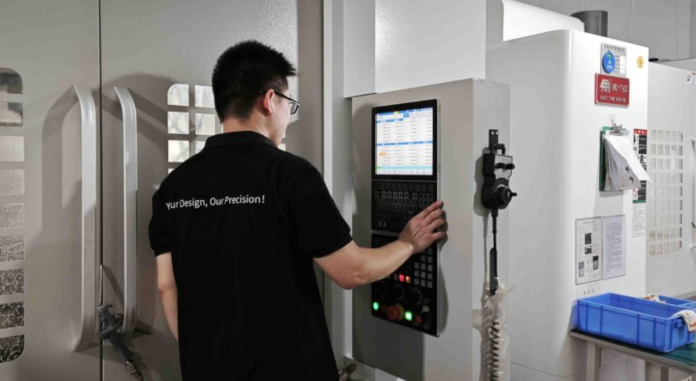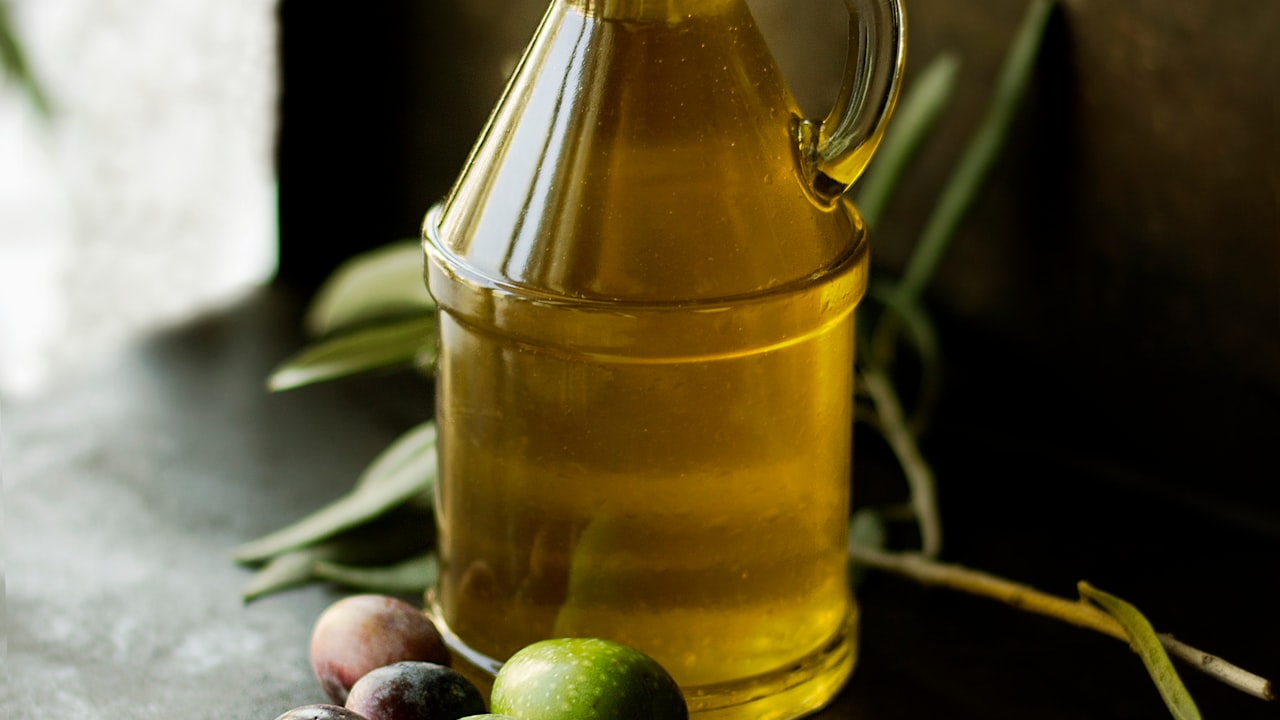TPR (Thermo-Plastic-Rubber material) is a thermoplastic rubber material. It’s miles a thermoplastic smooth rubber material with rubber elasticity that may be immediately processed and molded (e.g., injection molding, extrusion, blow molding, and many others.) without vulcanization.TPR materials are primarily based on thermoplastic styrene-butadiene rubber (e.g., SBS, SEBS), modified by adding resins (e.g., PP, PlayStation), fillers, plasticizers, and different purposeful additives. In brief, it’s far a recoverable, elastic, and malleable composite material.
One of the most important traits of tpr material is their excessive fatigue power, which permits them to face up to high bending stresses and long carrier life.TPR, the period maximum users use for thermoplastic elastomers, refers to substances modified with styrene elastomers which include SBS and SEBS. TPR material suppliers discuss with SBS-changed substances elastomer substances as TPR and SEBS-changed materials as TPE for ease of differentiation.
Qualities Do TPR Materials Have
It has gained a great reputation in numerous industries because of its precise traits and wide variety of applications. This text explores the properties of TPR materials, highlighting their blessings and uses.
Flexibility and Elasticity
One of the maximum superb properties of TPR substances is their flexibility and elasticity. TPRs exhibit the ability to stretch and return to their original shape, much like natural rubber. This makes them perfect for packages requiring bendy and sturdy components. The elasticity of TPR allows it to take in effects and vibrations, making it suitable for products like footwear, gaskets, and seals.
Durability and Toughness
TPR materials are recognized for their exquisite sturdiness and durability. They can face up to repeated flexing, bending, and stretching without dropping their structural integrity. This belonging is mainly treasured in programs wherein the material wishes to undergo harsh conditions, including car components, commercial hoses, and sporting items. TPR’s resistance to put and tear ensures a long lifespan for merchandise made from it.
Temperature Resistance
TPR materials exhibit correct temperature resistance, letting them perform well in a huge range of temperatures. They hold their flexibility and mechanical properties in low and excessive temperatures, making them appropriate for packages in numerous environments. As an example, TPR is utilized in outdoor equipment, car components, and electrical insulation, in which publicity to intense temperatures is not unusual.
Softness and Comfort
TPR substances may be engineered to have varying stages of softness, offering a comfy and tactile sense. This property makes TPR perfect for consumer products that come into direct touch with skin, together with handles, grips, and scientific devices. The capacity to personalize the hardness of TPR allows manufacturers to create products that meet specific ergonomic and comfort requirements.
Processability
One of the blessings of TPR materials is their ease of processing. TPR may be molded, extruded, and materialized with the usage of conventional thermoplastic processing strategies. These belongings make it price-effective and green for mass manufacturing. Producers can create complex shapes and tricky designs with TPR, making it appropriate for a wide range of packages, from car components to patron electronics.
Weather Resistance
TPR substances show exceptional weather resistance, including resistance to UV radiation and ozone. This makes them appropriate for outdoor programs wherein publicity to daylight and atmospheric situations is a subject. Products made from TPR, inclusive of outside furniture, automobile trim, and weather seals, keep their look and capability even after extended exposure to the factors.
Adhesion and Bonding
TPR materials have appropriate adhesion residences, allowing them to bond properly with diverse substrates, which include metals, plastics, and textiles. This belonging is especially valuable in programs in which TPR needs to be co-molded or over-molded onto different materials. The potential to shape sturdy bonds complements the overall performance and reliability of the very last product.
Final Words
TPR materials provide a unique aggregate of residences that lead them to indispensable in numerous industries. Their flexibility, durability, temperature, chemical resistance, softness, processability, recyclability, climate resistance, and adhesion abilities make them a flexible and powerful choice for a wide range of packages. As industries continue to try to find revolutionary and sustainable materials, TPR sticks out as a reliable and adaptable solution that meets the demands of cutting-edge production and purchaser needs.













